Table of content
Introduction
Chestnuts, known scientifically as Castanea sativa, are a delightful and nutritious treat enjoyed worldwide, particularly during the autumn and winter seasons. Their sweet, earthy flavor and creamy texture make them a perfect addition to various dishes, from roasted chestnuts as a snack to incorporating them into stuffing and desserts. However, one common challenge faced by many home cooks is how to quickly and efficiently cook chestnuts without compromising their taste and texture. This comprehensive guide aims to provide you with various methods and tips to ensure you can enjoy perfectly cooked chestnuts in no time.
Understanding Chestnuts
Before diving into the cooking process, it’s essential to understand the basic characteristics of chestnuts. These nuts are enclosed in a prickly, green husk when fresh, which must be removed before cooking. Inside the husk lies a smooth, hard shell and a delicate, inner layer called the pellicle, which can be somewhat sticky and difficult to remove. The actual edible part is the creamy, sweet kernel.

Choosing the Right Chestnuts
The first step in ensuring quick and successful cooking is selecting high-quality chestnuts. Here are some tips for choosing the best chestnuts:
-
Seasonality: Chestnuts are typically harvested in the autumn, so look for them during this time. Fresh chestnuts will have a vibrant green husk.
-
Appearance: Choose chestnuts with smooth, shiny shells that are free from cracks or holes. Avoid nuts that feel lightweight or have soft spots, as these may be moldy or insect-infested.
-
Storage: If you’re not cooking chestnuts immediately, store them in a cool, dry place. Ideally, they should be used within a few weeks of purchase.
Preparing Chestnuts for Cooking
Before cooking, chestnuts require some preparation to remove the outer husks and shells. Here’s a step-by-step guide:
-
Removing the Husk: Use a sharp knife or a chestnut knife (a specialized tool with a curved blade) to score an ‘X’ on the flat side of each chestnut. This allows steam to escape during cooking and makes shelling easier. Carefully peel off the green husk, taking care not to cut yourself on the prickly surface.
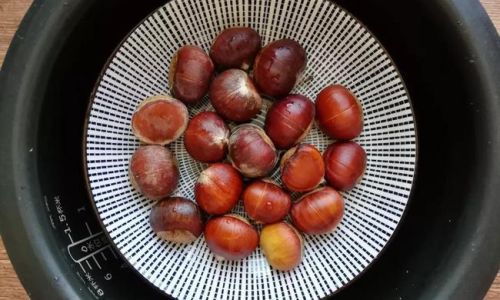
-
Boiling to Loosen the Shell: Place the husked chestnuts in a pot of boiling water. Let them simmer for about 5 minutes. This softens the inner shell and pellicle, making them easier to remove.
-
Shelling: After boiling, use a nutcracker or your hands to crack open the shells. Peel away the inner pellicle as best you can. Note that the pellicle may not come off completely; it will often loosen further during the cooking process.
Quick Cooking Methods
Now that your chestnuts are prepared, let’s explore various quick cooking methods to suit your preferences and kitchen setup.
Method 1: Stovetop Boiling
Boiling chestnuts on the stovetop is one of the simplest and fastest methods. Here’s how to do it:
-
Ingredients and Equipment:
- Prepared chestnuts (shelled and pellicle removed as much as possible)
- A large pot
- Water
- Salt (optional)
-
Instructions:
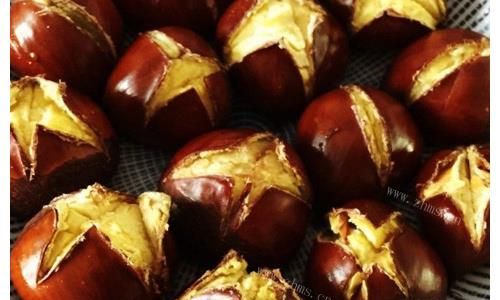
- Fill the pot with enough water to fully submerge the chestnuts. Add a pinch of salt if desired.
- Bring the water to a boil over high heat.
- Add the chestnuts and reduce the heat to maintain a gentle boil.
- Cook for about 10-15 minutes, depending on the size of the chestnuts. Smaller nuts will cook faster.
- Test for doneness by piercing a chestnut with a fork. It should be tender but not mushy.
- Drain the chestnuts and let them cool slightly before serving.
Method 2: Pressure Cooker
Using a pressure cooker can significantly reduce cooking time while retaining the chestnuts’ natural flavors and textures.
-
Ingredients and Equipment:
- Prepared chestnuts
- Pressure cooker
- Water
- Salt (optional)
-
Instructions:
- Place the chestnuts in the pressure cooker and add enough water to cover them by about an inch.
- Add a pinch of salt if desired.
- Lock the lid in place and bring the pressure cooker to high pressure according to the manufacturer’s instructions.
- Once at high pressure, reduce the heat to maintain pressure and cook for about 5-7 minutes.
- Use the quick-release method to depressurize the cooker, or allow it to cool naturally if preferred.
- Open the lid carefully and drain the chestnuts. Let them cool slightly before serving.
Method 3: Microwave
For those who prefer a quick and easy method with minimal cleanup, the microwave is an excellent option.
-
Ingredients and Equipment:
- Prepared chestnuts
- A microwave-safe bowl or plate
- Water
- Paper towels or a clean kitchen towel
-
Instructions:
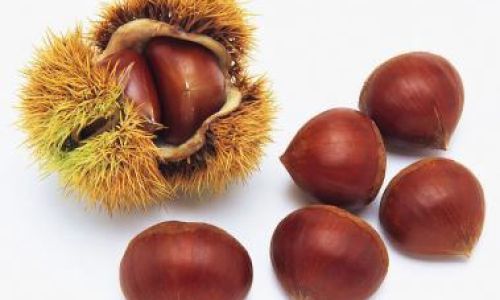
- Place the chestnuts in a single layer on the microwave-safe bowl or plate.
- Add a small amount of water to the bowl (about a tablespoon).
- Cover the bowl with a paper towel or kitchen towel to trap steam.
- Microwave on high for about 2-3 minutes per batch, depending on the number and size of the chestnuts. Pause and check for doneness after each minute.
- Be cautious of steam when removing the bowl from the microwave.
- Let the chestnuts cool slightly before handling.
Method 4: Oven Roasting
Roasting chestnuts in the oven gives them a delightful caramelized exterior and a rich, roasted flavor.
-
Ingredients and Equipment:
- Prepared chestnuts (with a small cut on the flat side to prevent exploding)
- Olive oil or melted butter (optional)
- Salt and pepper (optional)
- Baking sheet
- Oven
-
Instructions:
- Preheat the oven to 400°F (200°C).
- Place the chestnuts in a single layer on the baking sheet.
- If desired, drizzle with olive oil or melted butter and sprinkle with salt and pepper.
- Roast for about 15-20 minutes, shaking the pan halfway through to ensure even cooking.
- Remove from the oven and let them cool slightly before peeling off any remaining pellicle.
Method 5: Instant Pot
The Instant Pot combines the convenience of a pressure cooker with the ease of modern technology.
-
Ingredients and Equipment:
- Prepared chestnuts
- Instant Pot
- Water
- Salt (optional)
-
Instructions:
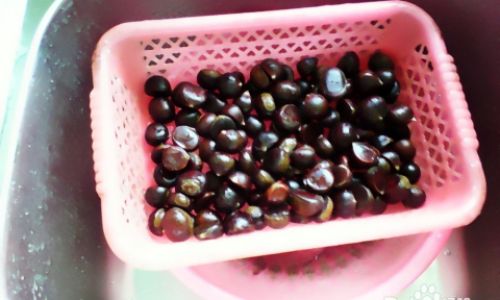
- Place the chestnuts and water in the Instant Pot. The water should just cover the chestnuts.
- Add a pinch of salt if desired.
- Secure the lid and set the valve to the sealing position.
- Select the ‘Manual’ or ‘Pressure Cook’ setting and set the timer for 5 minutes.
- Once the cooking time is complete, allow a natural pressure release for about 5-10 minutes, then quick-release any remaining pressure.
- Open the lid carefully and drain the chestnuts. Let them cool slightly before serving.
Serving and Storage
Once your chestnuts are cooked, there are numerous ways to enjoy them:
- As a Snack: Simply serve them warm or at room temperature. They can be eaten plain or with a sprinkle of salt, pepper, or a drizzle of honey.
- In Dishes: Incorporate cooked chestnuts into stuffing, salads, soups, and desserts like chestnut puree or chestnut cake.
- Storage: Leftover cooked chestnuts can be stored in an airtight container in the refrigerator for up to a week. They can also be frozen for longer storage.
Conclusion
Cooking chestnuts quickly doesn’t mean sacrificing flavor or texture. By choosing the right chestnuts, preparing them properly, and selecting an efficient cooking method, you can enjoy perfectly cooked chestnuts in no time. Whether you prefer the simplicity of stovetop boiling, the speed of a pressure cooker, the convenience of the microwave, the roasted flavor of the oven, or the modern convenience of an Instant Pot, there’s a method to suit your needs. With these tips and techniques, you’ll be able to enjoy delicious, homemade chestnuts throughout the season. Happy cooking!



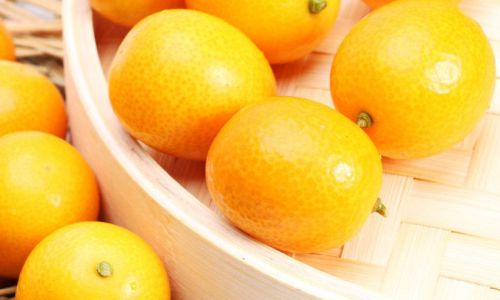
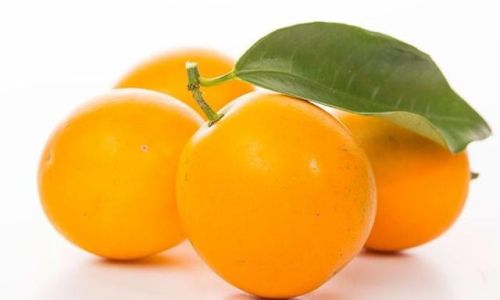

0 comments